Nicolai Dalchimski, a mad KGB agent steals a notebook full of names of “sleeping” undercover KGB agents sent to the U.S. in the 1950’s. These agents got their assignments under […]
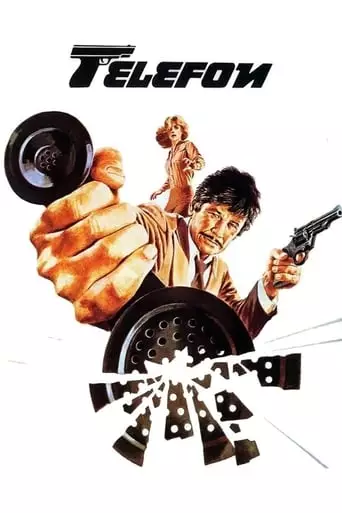
Nicolai Dalchimski, a mad KGB agent steals a notebook full of names of “sleeping” undercover KGB agents sent to the U.S. in the 1950’s. These agents got their assignments under […]
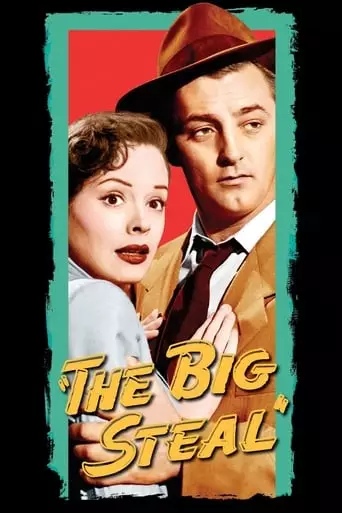
Army Lieutenant Halliday, accused of stealing the Army payroll, pursues the real thief on a frantic chase through Mexico aided by the thief’s ex-girlfriend and is in turn being chased […]
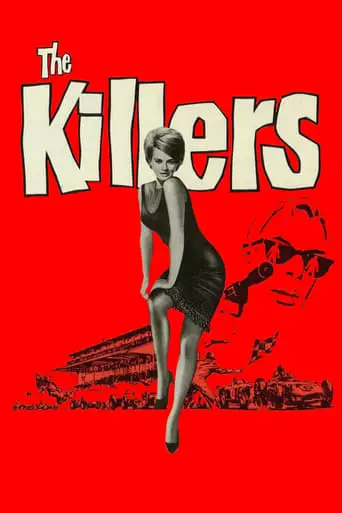
A hit man and his partner try to find out why their latest victim, a former race-car driver, did not try to get away.
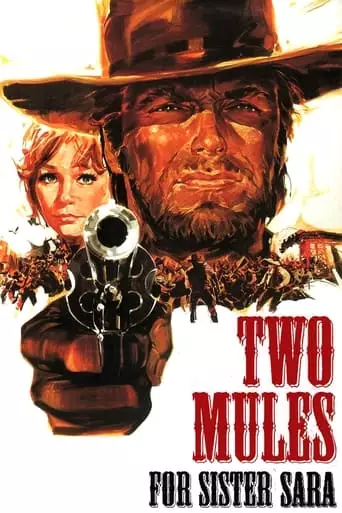
When a wandering mercenary named Hogan rescues a nun called Sister Sara from the unwanted attentions of a band of rogues on the Mexican plains, he has no idea what […]
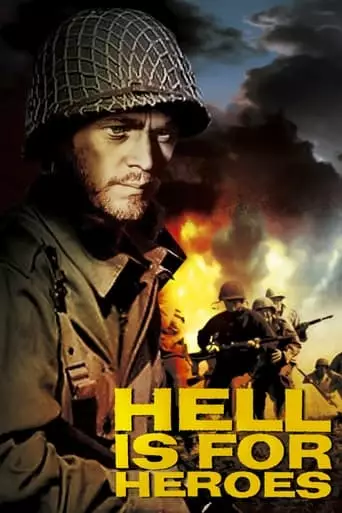
World War II drama where the action centers around a single maneuver by a squad of GIs in retaliation against the force of the German Siegfried line. Reese joins a […]
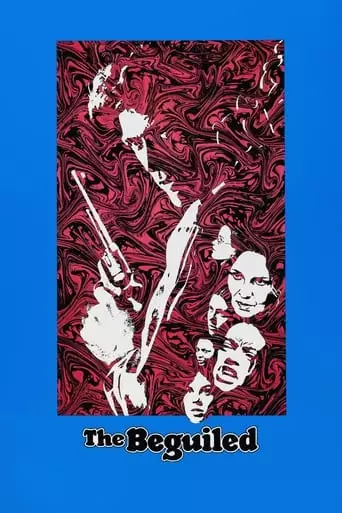
Offbeat Civil War drama in which a wounded Yankee soldier, after finding refuge in an isolated girls’ school in the South towards the end of the war, becomes the object […]
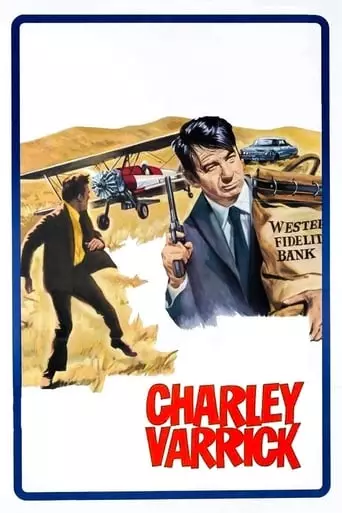
Charley Varrick robs a bank in a small town with his friends, but instead of obtaining a small amount of money, they discover they stole a very large amount of […]
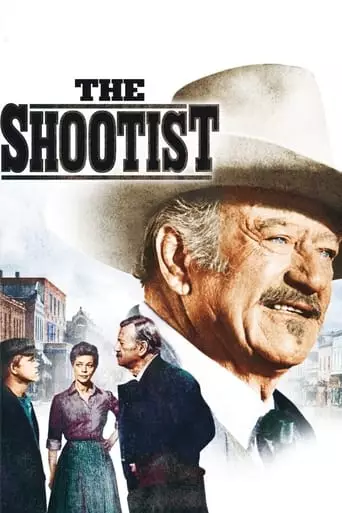
Afflicted with a terminal illness John Bernard Books, the last of the legendary gunfighters, quietly returns to Carson City for medical attention from his old friend Dr. Hostetler. Aware that […]
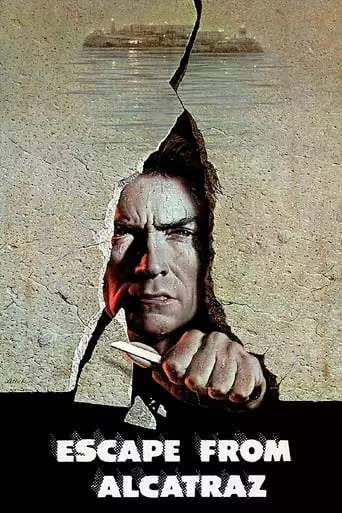
San Francisco Bay, January 18, 1960. Frank Lee Morris is transferred to Alcatraz, a maximum security prison located on a rocky island. Although no one has ever managed to escape […]

A small-town doctor learns that the population of his community is being replaced by emotionless alien duplicates. Invasion of the Body Snatchers (1956) is a chilling science fiction thriller that […]
Don Siegel: Hollywood’s Master of Grit
Don Siegel was a director who thrived on hard-hitting stories, raw emotion, and unflinching portrayals of violence and survival. Known for his lean, efficient filmmaking style, Siegel was a trailblazer in genre cinema, leaving a profound influence on action, crime, and thriller films. With a career spanning four decades, he worked across genres but was best known for his collaborations with Clint Eastwood and his ability to craft intense, character-driven narratives.
Early Life and Career Beginnings
Donald Siegel was born on October 26, 1912, in Chicago, Illinois. After studying at the University of Illinois and traveling abroad, he eventually landed a job at Warner Bros. in the 1930s. Initially working in the studio’s montage department, Siegel gained experience in editing and constructing short, impactful sequences, a skill that would later define his style.
He worked on montage sequences for classics like Casablanca (1942) and Yankee Doodle Dandy (1942), earning two Academy Awards for his short films. By the mid-1940s, he transitioned to directing feature films, beginning with B-movies and small-scale projects that showcased his knack for creating tension and atmosphere.
Breakthrough with Noir and Action
Siegel’s early work included crime dramas and noirs like Riot in Cell Block 11 (1954), a gripping prison story that highlighted his ability to portray conflict and desperation with gritty realism. Produced on a modest budget, the film was both a commercial and critical success, establishing Siegel as a director to watch.
In 1956, he directed Invasion of the Body Snatchers, a science fiction classic that blended suspense with social commentary. The film, an allegorical exploration of conformity and paranoia during the Cold War, became one of the most influential sci-fi films of its era, praised for its psychological intensity and chilling narrative.
Collaboration with Clint Eastwood
Don Siegel’s partnership with Clint Eastwood in the late 1960s and 1970s marked a turning point in his career. The duo’s collaborations produced some of the most iconic films of the era, including Coogan’s Bluff (1968), Two Mules for Sister Sara (1970), and The Beguiled (1971).
Their most notable collaboration, however, was Dirty Harry (1971). This gritty, uncompromising crime thriller introduced audiences to “Dirty” Harry Callahan, a no-nonsense San Francisco detective who operates on the edge of morality. The film’s iconic line—“Do you feel lucky, punk?”—and its exploration of justice, vigilantism, and urban decay struck a chord with audiences, making it a critical and commercial hit.
Siegel’s direction in Dirty Harry was taut and economical, emphasizing realism and intensity over spectacle. The film spawned a series of sequels and solidified Siegel’s reputation as a master of modern action cinema.
Distinctive Style and Themes
Siegel’s films are marked by their stripped-down, no-nonsense approach to storytelling. He preferred tight pacing, straightforward narratives, and a focus on character over spectacle. His protagonists were often outsiders—lawmen, criminals, or loners—grappling with a hostile world or their own moral ambiguity.
Violence in Siegel’s films was unvarnished and purposeful, serving to heighten stakes and reveal character rather than to shock or titillate. His approach to filmmaking, honed during his time in the montage department, was efficient and practical, often using minimal takes and relying on his keen eye for detail.
Later Career and Legacy
In the 1970s and early 1980s, Siegel continued to make compelling films. Escape from Alcatraz (1979), his final collaboration with Eastwood, was a masterfully restrained prison break drama that emphasized tension and human resilience.
While his later films, such as Rough Cut (1980) and Jinxed! (1982), didn’t achieve the same level of acclaim, Siegel’s body of work remained influential. Filmmakers like Quentin Tarantino and Michael Mann have cited Siegel as an inspiration, praising his ability to merge action and depth.
Influence on Cinema
Siegel’s influence extends beyond his own filmography. As a mentor to Clint Eastwood, he helped shape the actor’s own directorial style, which carries echoes of Siegel’s efficiency and focus on moral complexity. Siegel’s work also laid the groundwork for modern action and thriller cinema, blending grit, realism, and character-driven storytelling in ways that resonate to this day.
Conclusion
Don Siegel’s career is a testament to the power of uncompromising storytelling. His films, whether exploring the paranoia of a sci-fi dystopia or the moral ambiguities of urban crime, remain relevant and impactful. Siegel was a director who thrived in the margins, telling stories of outsiders and underdogs with an honesty that cut through Hollywood gloss. His legacy endures as that of a filmmaker who elevated genre cinema and left an indelible mark on American filmmaking.